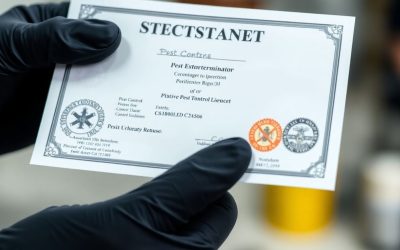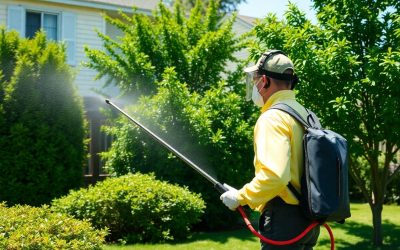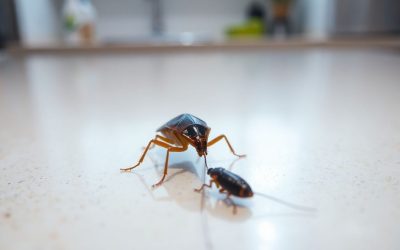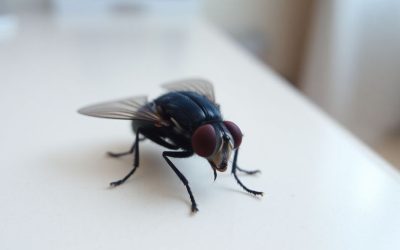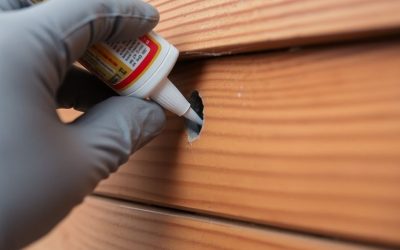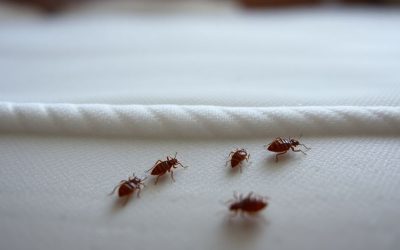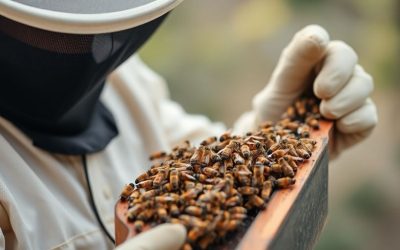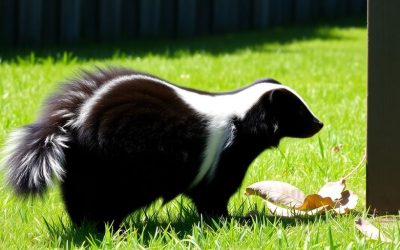Our Blog
Ottawa Stink Bug Problem: Causes, Prevention & Solutions
Lately, have you noticed more of those shield-shaped bugs hanging around your place in Ottawa? Yeah, those are stink bugs, and they've become quite the unwelcome guest for many homeowners. They’re not just a little annoying; they can actually cause problems for your...
Ottawa Bug Exterminator: Prevention, Treatment, Protection
Dealing with bugs in your Ottawa home or business can be a real headache. Whether it's ants marching across your kitchen counter, spiders making webs in every corner, or the dreaded bed bugs, it's easy to feel overwhelmed. Sometimes, the DIY approach just doesn't cut...
Pest Exterminator License: Rules, Regulations, and Renewal
Thinking about getting into pest control or maybe you're already in the business and need to renew your credentials? This article is for you. We're going to break down what you need to know about getting and keeping a pest exterminator license. It's not just about...
Mosquito Control Ottawa: Professional Solutions for Long-Lasting Protection
Mosquitoes can really ruin a good time outdoors, can't they? If you're in Ottawa and tired of swatting and itching, you're probably thinking about mosquito control ottawa. It's a common problem around here, especially when the weather gets warmer. We've got some ideas...
Cockroach Removal Ottawa: Signs, Risks, and Effective Pest Control Solutions
Dealing with cockroaches in Ottawa can be a real headache. These resilient pests aren't just gross to look at; they can also bring health problems into your home or business. Whether you're seeing droppings, noticing a strange smell, or just suspect you have a...
Flies Removal Ottawa: Why Flies Control Essential for Your Home
Flies. They're everywhere, buzzing around, landing on your food, and generally making a mess of things. Dealing with them can be a real pain, especially when they decide your home is their new hangout spot. You might try a few things yourself, but sometimes, these...
Rodent Control Ottawa: Common Entry Points and How to Seal Them
Having unwanted guests like mice or rats around your Ottawa home is more than just a nuisance; it can quickly turn into a real problem. These critters can squeeze through surprisingly small openings, and once they're in, they can cause damage and even spread germs....
Does Pest Control Kill Bed Bugs? What You Should Expect After Treatment
So, you've found those tiny, unwelcome guests – bed bugs. It's a frustrating situation, and naturally, your first thought is about getting rid of them. You're probably wondering, does pest control kill bed bugs? The short answer is yes, but it's not always a simple...
Understanding the Role of a PCO Pest Control in Canada
When you've got critters making a mess of your home or business, it's easy to feel overwhelmed. That's where a PCO pest control service comes in. Think of them as the pros who know exactly how to handle everything from ants marching across your kitchen counter to...
Bee Removal Ottawa: Expert Tips to Handle Bee Infestations Safely
Finding bees buzzing around your home in Ottawa can be a real bother, and sometimes even a little scary. While we all know bees are important for nature, having a nest too close for comfort means it's time to think about bee removal Ottawa. Whether it's a few buzzing...
Carpenter Ant Control in Ottawa: How to Spot, Prevent, and Eliminate Them
Carpenter ants can be a real headache for homeowners in Ottawa. These big ants, known for chewing through wood to make their homes, can cause serious damage if left unchecked. They're most active when it's warm and humid, usually from late spring through summer....
Skunk Breeding Season: How to Keep Them Out of Your Yard
Ever wonder why you're seeing more skunks around your place lately? Well, it might have something to do with Skunk Breeding Season. These little critters get pretty busy this time of year, and sometimes that means they end up in our yards. Nobody wants a surprise...
Groundhog Removal Ottawa: How to Protect Your Property from Damage
Dealing with groundhogs can be a real headache for homeowners in Ottawa. These little guys might look cute, but they can really mess up your yard and even damage your house. They dig tunnels everywhere, which isn't good for your garden or your home's foundation. If...
What Mosquitoes Look Like
Adult mosquitoes, like other insects, have three body parts. These are their head, thorax, and abdomen - each featuring long legs connected by membranous wings with scaled surfaces attached at their thoraces; three pairs of long legs connect these scaled wings...
What Kinds of Termites Are in Canada?
In Canada, the most common types of termites that bug people include the eastern subterranean termite (Reticulitermes), the western subterranean termite (Reticulitermes Hesperus), and the Pacific termite (Zootermopsis). These critters hang out in different parts of...
How to identify Ticks?
Ticks are small creatures similar to spiders and mites, yet with eight legs instead of six and no antennae. Ticks attach themselves to animals such as mammals, birds, and reptiles by latching onto them and sucking out blood for sustenance while often spreading...
How to Spot Wasps
Wasps differ from bees by being smooth with no hair. Their three body parts include the head, thorax, and abdomen--connected by an intermediate part called a "waist." Wasps typically have six legs for flying with two pairs of see-through wings connected at their...
How To Recognize Fleas
Fleas are very small wingless insects measuring approximately 2.5mm long that can be identified with ease by any person using the naked eye. Their bodies appear flattened along their sides for visibility while their hind legs have evolved for jumping purposes and can...
How to Identify Wildlife
Canada is home to an extraordinary diversity of wildlife species, such as 26 snake species and over 20 squirrel species alone! There's also wide variation when it comes to where wildlife pests choose to settle down in Canada. Raccoons build their dens in tree cavities...
How to Spot a Spider
Spiders come in all forms and sizes, yet their basic identification remains fairly easy due to several shared characteristics that allow easy identification. Notably, all spiders possess four pairs of segmented, thin legs allowing easy tracking when trying to spot one...



